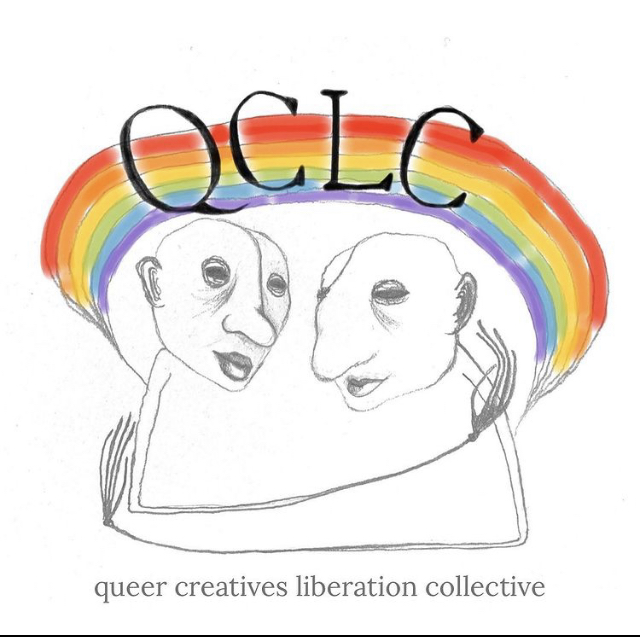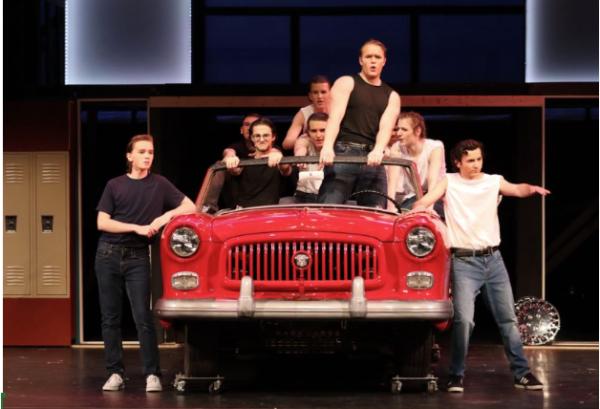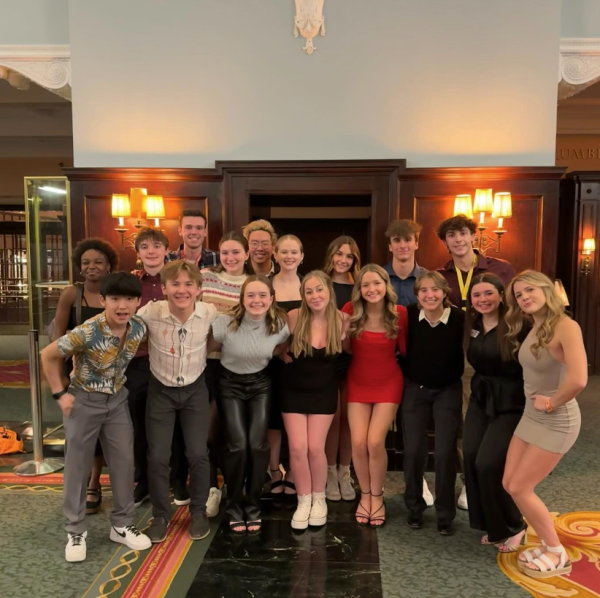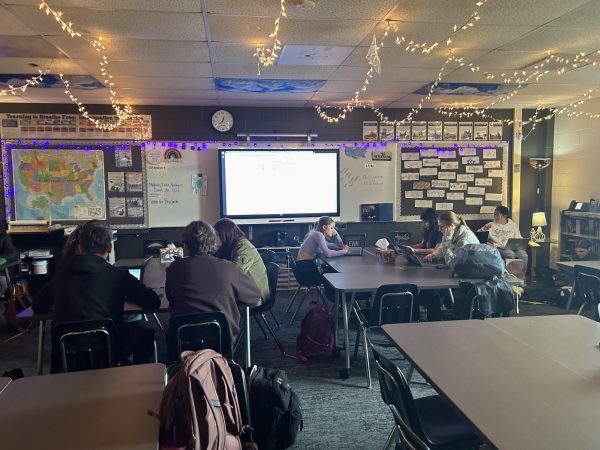Accessible Activism
screen shot from @queercreatives4liberation
nfographic of organization created and promoted by Palmer St. Claire
The rise of the internet and social media has made global communication and organization easier and more accessible than ever. Since Covid-19 has isolated virtually everyone, people are on social media much more, as it is one of the few remaining outlets of socialization. And with the rise of tension politically in America, activism on social media has seen a huge increase, especially among the younger generations.
Much has happened in the world of activism since quarantining began in March 2020 including the political debates. The debates included topics about how to handle Covid-19, the Black Lives Matter protests, the election, and the riots at the capitol building. This has caused an uproar from both sides of the political spectrum and people are starting to speak out on their social media accounts. A survey from Pew Research center shows that nearly half of Americans have participated politically on social media. This type of political activism on the internet comes in many different forms
One way people speak out on social media is by posting infographics on their Instagram accounts. People do this in an attempt to educate others, but no one knows if these actually are effective and some claim it to be performative activism. Performative activism is defined as activism that is done to increase one’s social capital instead of with the intent to create change.
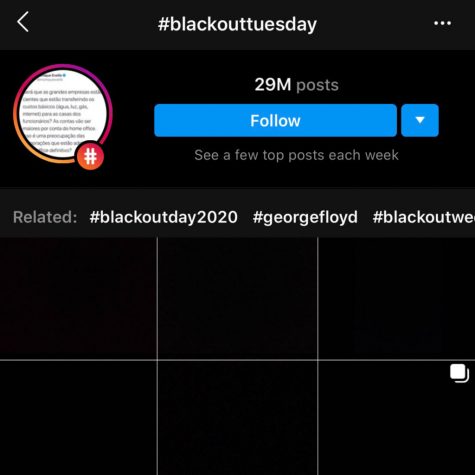
(Lauren Ashe)
A very clear example of this can be seen around the discourse of “the black square” on Instagram. During the height of the Black Lives Matter movement in May, there was a day when many agreed and organized to post black squares on their Instagram accounts to show support and spread awareness about the movement. However, many became frustrated that this was the only thing some were doing to show support and that it had not helped to progress anything or to educate.
“Modern-day technology allows us to hide behind our screens and show others what we want them to see. Performative activism makes us question if people are actually changing their mindsets or simply appearing to do so out of fear of trying to go along with what they feel is a trend,” said Mckenna Kelley, writer at Swayy.
But others like activist and musician Palmer St. Claire, try to avoid this problem by creating real material change. St. Claire has done many things for their community, including helping to start the Queer Creatives Liberation Collective. They also regularly and consistently participate in mutual aid work and encourage others to do the same.
“In order to not be performative you have to show up and do real things in your communities …over the past year it has opened my eyes to what it means to be a community member, and mutual aid is definitely a big part of that,” said St. Claire.
There has also been an increase in activism on the other side of the political spectrum. Young conservatives are becoming very popular on Tiktok, like high school student Jaylie, who has 106,000 followers and is a very vocal Trump supporter. But it ishard to find examples of performative conservatives because their viewpoints are not considered progressive. But conservatives are also more active politically on social media.
Newsweek magazine said that, “The top five groups in the digital activist index were right-wing.”
No matter which side of the political spectrum, it is promising to see people speak out for what they believe in and attempt to make the world a better place. And with all the technology available, it has become just that much easier.

